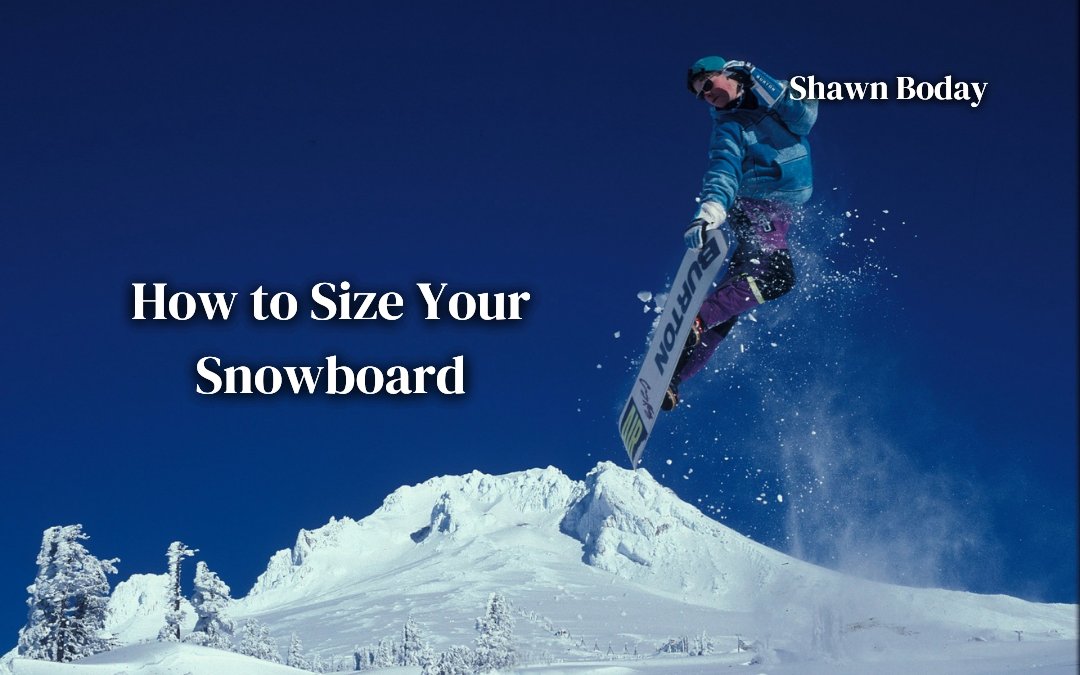There was a time when all you had to do to size a new snowboard was stand it up next to you to see if the top reached your chin. If it did, it meant that it was the perfect size for you. While that is still a good place to start, you also need to consider factors such as your weight, your ability level, the construction of the board, and the kind of snowboarding you plan to do. For example, if you’re mostly interested in freeriding, you should consider a longer board to give yourself more stability and speed. If you want a freestyle snowboard, you’ll want to go with something a little smaller for more maneuverability in half-pipes and terrain parks.
The best way to size a new snowboard is to look at a sizing chart. This will tell you the best size range for you based on your height and weight. As for the exact size you want within your range, there are some general guidelines that you should follow. First of all, if you’re a freestyle snowboarder and you’re planning to spend more time at a park, go with something shorter. If most of your snowboarding will be down the side of a mountain, go with something longer or invest in a volume-shifted board, which will be shorter and wider. You should also stick to a longer board if you are above your average weight for your height. Finally, you should stick with a shorter snowboard if you’re a beginner since it will be a little easier to maneuver.
Snowboard Width
When a snowboard is sized correctly, the toes and heels of your boots will hang slightly over the edges. This will allow you to apply leverage to your board and make it easier for you to maneuver. Keep in mind that your boots should only hang slightly over the edges of your board; they shouldn’t touch the snow when the board is on its edge.
As you can see, there’s a lot to consider when choosing a snowboard. This will give you a good place to start when sizing your board, but you also have to consider your skill level and how you’re going to use your board. All-mountain boards are good for beginners who will stick to easy mountain runs, while freestyle or freeride boards are good for more experienced riders who will spend time on terrain parks or away from smoother runs. Start with a good sizing chart, and don’t hesitate to talk to an expert if you have any questions about your board.

